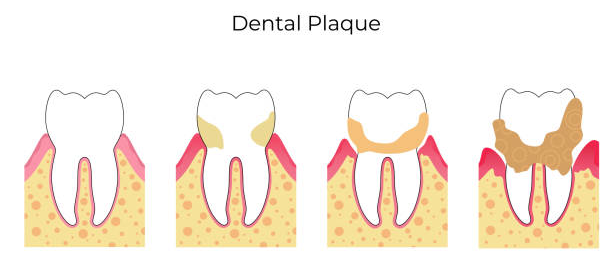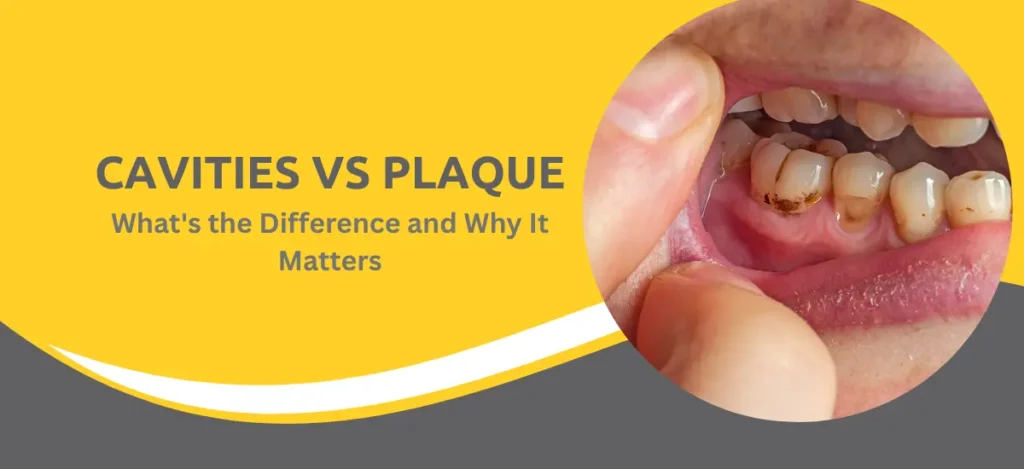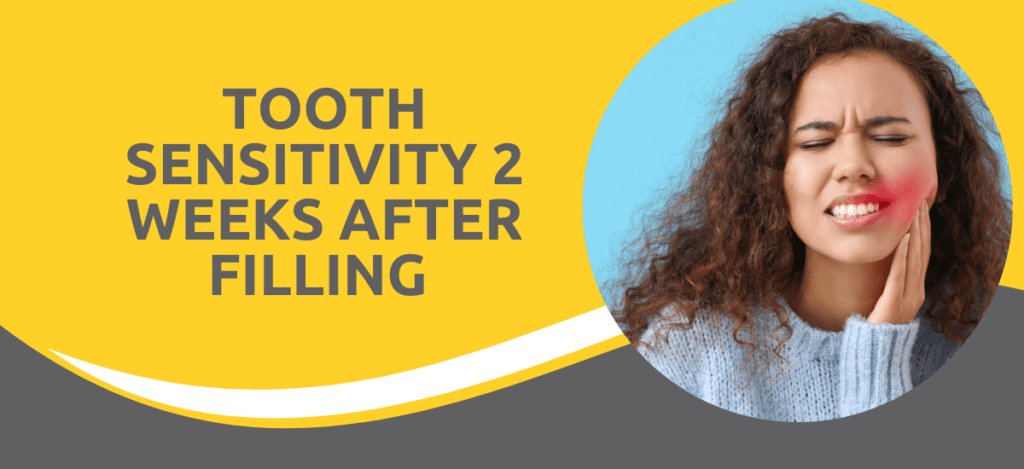Brushing twice a day is not the only oral hygiene requirement—it’s learning what you are fighting against. Two of the most prevalent dental problems—cavities and plaque—are commonly spoken of together, but they are fundamentally different conditions that need different prevention and treatment approaches.
At Dental Krafts, a reliable dental clinic in Govandi, Mumbai, patients frequently inquire about the distinction between these two terms. Dr. Dheeraj Punjabi, a senior dentist in Govandi, Mumbai, explains, “Knowing what causes plaque on teeth and how it can lead to cavities is the first step towards preventing long-term dental problems.”
What Are Cavities?

Cavities, or dental caries, or tooth decay, are permanently damaged areas in the hard surface of your teeth that develop small openings or holes. They are one of the most prevalent oral conditions and can occur at any age.
But how do they happen?
It begins with acids made by bacteria in your mouth. These acids erode the enamel—the outer layer of the tooth—eventually resulting in decay. If untreated, cavities become worse, invading deeper layers of the tooth, leading to pain, infection, and potentially tooth loss.
Cavities may occur:
- On the chewing surfaces of the back teeth (most common)
- Between teeth
- Along the gumline
Early cavities can be painless, so regular dental check-ups are crucial
Now let’s go to the root cause of all this: plaque.
What Is Plaque?

Plaque is a sticky, soft film that forms continuously on your teeth. Plaque has millions of bacteria that use sugars and starches left over from eating and multiply rapidly. Bacteria in plaque release acids that destroy tooth enamel, causing cavities.
Plaque forms due to poor oral hygiene and starchy or sugary diets. If not removed by brushing and flossing regularly, plaque turns into tartar, which is much harder to remove.
This raises a common question: Plaque vs tartar vs cavity—are they same?
Not exactly. Here’s a quick rundown:
- Plaque: A soft bacterial coating.
- Tartar: Hardened plaque that develops above or below the gumline.
- Cavity: Decay in the tooth due to plaque bacteria acids.
Thus, plaque is where it all begins, it can result in both tartar development and cavity formation if not taken care of in time.
Stay ahead of cavities and plaque. Schedule a check-up with a dentist to keep your teeth strong, clean, and cavity-free.
Wondering how plaque and cavities are related?
How Are They Connected?

Plaque is really the beginning of all dental issues. As this bacterial coating accumulates, it secretes acids after they feed on the sugars in your diet. Gradually, these acids erode your tooth enamel, resulting in decay—creating cavities.
So, basically: Plaque is the culprit, and cavities are the outcome.
In addition, the more time plaque remains on your teeth, the worse the damage. Not only does it create cavities, but it is also a cause of gum disease such as gingivitis and periodontitis.
This relationship makes it even more critical to address plaque before it becomes a larger issue.
They may be connected, but they are not the same.
Cavities vs Plaque – Key Differences

It is essential to know the difference between cavities and plaque for proper dental care. This is how they differ:
Formation
- Plaque forms naturally and continuously as a bacterial film.
- Cavities develop if plaque is not removed and begins to erode tooth enamel.
Appearance
- Plaque is colorless or pale yellow and sticky.
- Cavities are visible holes, pits, or dark spots on teeth.
Location
- Plaque forms on all tooth surfaces and gums.
- Cavities are usually located on chewing surfaces, in between teeth, or near the gums.
Treatment
- Plaque can be easily removed through brushing and flossing.
- Cavities need professional attention—fillings, crowns, or in severe cases, root canals.
Not sure whether you are struggling with plaque accumulation or early signs of cavities? Visit a dental expert for a thorough oral examination.
Prevention begins with small, regular steps.
Prevention Tips for Cavities vs Plaque

When learning how to prevent cavities and plaque, the good news is that the same daily habits can reduce both. Here are some essential tips:
- Brush twice a day using fluoride toothpaste. This helps to remove plaque and strengthen enamel.
- Floss daily to clean areas your toothbrush can’t reach.
- Limit sugary snacks and beverages, as they fuel plaque bacteria.
- Rinse with a fluoride mouthwash to further protect against decay.
- Drink enough water to help your body produce more saliva, which naturally cleanses the mouth.
- Visit a dental clinic for regular professional cleanings and checkups.
Curious about when you should be worried enough to schedule a dental visit?
When to See a Dentist

Though some plaque is unavoidable, an overaccumulation or the presence of visible cavities signal that it’s time to visit a dentist.
Be aware of these warning signs:
• Sticky, fuzzy sensation on teeth despite brushing
• Persistent bad breath
• Holes or dark spots visible on your teeth
• Sensitivity to hot, cold, or sweet foods
• Pain during chewing or biting
If you see any of these symptoms, don’t wait. Early treatment can avoid more invasive and costly treatments later on. A skilled dentist such as Dr. Dheeraj Punjabi, can detect and treat these problems with accuracy and care.
Final Thoughts
Want to learn how to avoid cavities and plaque before they cause damage? Make an appointment with a trusted dentist for a comprehensive assessment and customized preventive treatment.
Frequently Asked Questions:
What is the difference between plaque and cavities?
Plaque is a sticky layer of bacteria that coats your teeth, and cavities are permanent tooth damage from the acids produced by plaque.
What are cavities in teeth?
Tooth cavities are decayed areas created by acid-forming bacteria that destroy the enamel. They are usually tiny openings or dark spots and may deepen with time if not treated.
Can plaque cause cavities?
Yes, plaque releases acid that erodes tooth enamel, ultimately causing cavities if not removed regularly.
How do I know if I have plaque or a cavity?
Plaque is a sticky film on your teeth and can be brushed away. Cavities appear as holes, discoloration, or sensitivity.
Can plaque be removed at home?
Yes, brushing and flossing every day can remove plaque. But once it has hardened to tartar, it needs to be cleaned by a professional.
How can I prevent both plaque and cavities?
Practice regular oral hygiene—brush twice a day, floss once a day, reduce sugar, and see your dentist for regular cleanings.
Are cavities painful from the start?
Not necessarily. Cavities might initially be painless, so early detection through dental check-ups are important for catching them.
Can cavities heal on their own?
Early enamel demineralization can, in some cases, be reversed using fluoride, but actual cavities cannot heal and need dental intervention.



